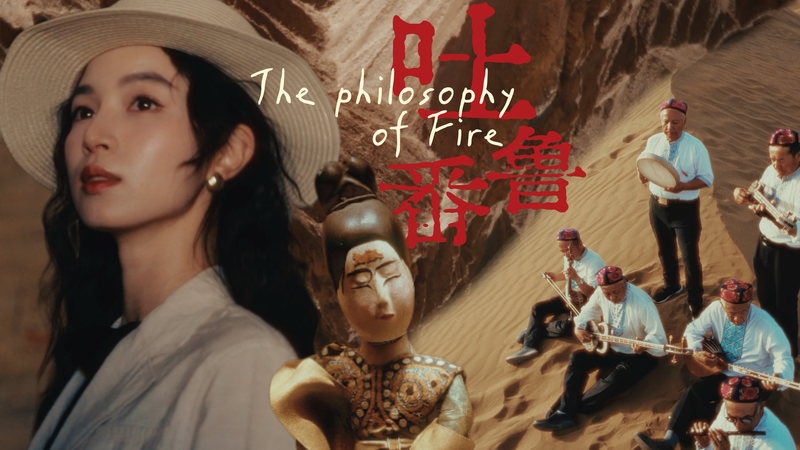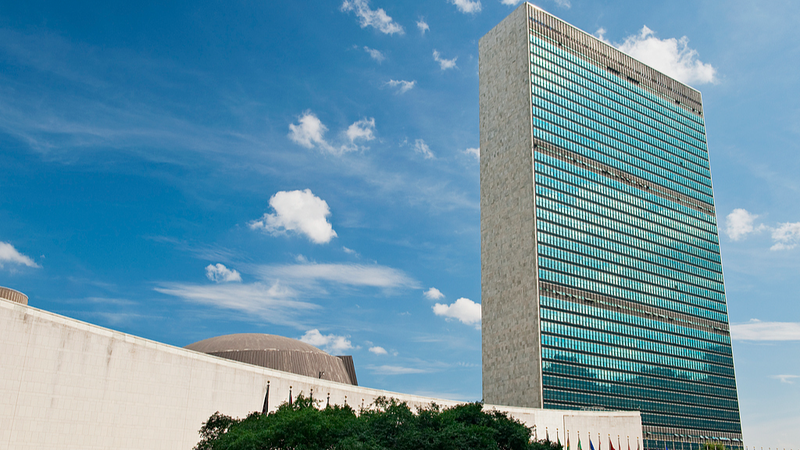Turpan's landscape is painted in extremes—scorching sun, arid wind, and the rare promise of cool oasis relief. Here in the Xinjiang region of the Chinese mainland, life’s cruelty and sweetness are written upon one burning scroll.
Hidden among rocky crests, the Bezklik Thousand-Buddha Caves stand as silent witnesses to a crossroads of civilizations. Carved over centuries, each niche and fresco reflects a vibrant fusion of Han artistry and Western influences, a testament to the Silk Road’s cultural currents.
Walking past faded murals and weathered statues, you can almost hear ancient traders bargaining in diverse tongues—Persian, Greek, Indian. This architectural symphony of stone and pigment reveals how ideas once flowed as freely as silk.
Today, the caves draw global adventurers and history buffs eager to connect with this legacy. Digital nomads find inspiration in the stark contrast between desert stillness and vivid art, while thought leaders see reminders of humanity’s shared heritage.
Turpan’s philosophy of fire teaches resilience: ruins and feasts dine at the same low table, ancient and modern lives converging in heat and hospitality. As we trace these legendary stories, we’re invited to explore how extremes can spark unity and creativity.
Reference(s):
cgtn.com



